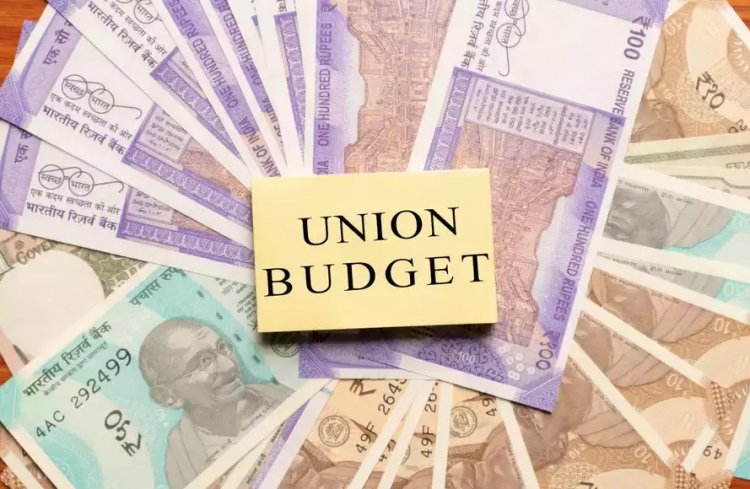Union Budget: Resource Crunch Limits Modernisation
Asia News Agency

India’s defence budget for the upcoming financial year indicates, yet again, write Amit Cowshish (Ex-financial Adviser, Acquisition, MoD) and Rahul Bedi (Senior Journalist) “the ever widening gap between the vast money customarily demanded by the armed forces and the relatively modest outlay allocated to them in return, by the federal government…..
“The total defence outlay of Rs 5.25 trillion for FY-23 represented a year-on-year growth of 9.82%, which, though higher than the FY-22 allocation, was lower in gross domestic product terms, which had dropped from 2.15% to 2.04%. Its share in the total Central government expenditure too has declined from 13.73% to 13.31%…..
“According to the Ministry of Defence’s (MoD) own estimates that were conveyed to the 15th Finance Commission that wound up in late 2020, the defence budget shortfall in FY-23 could be as high as Rs 2.81 trillion. Over half this amount or some Rs 1.62 trillion was for capital expenditure aimed at military modernisation and augmenting operational capability.”
The anomalies: One of the defence budget’s principal challenges, however, say the two authors, “remains the ever escalating salary bill of the services…..” Conversely, the stores budget, “which catered variously to expenditure on rations, clothing, equipment spares, ammunition and other sundry combat and support kit…..had dropped by over a quarter from 43.65% to 16.18% during the aforementioned time span for all the three services. Alongside, it had spawned a similar ‘crowding out’ of the services’ ‘works’ budget that catered to expenditure on vital civil infrastructure of buildings and varied installations. This too had declined by almost half, from 9.62% in FY-01 to 5.7% in FY-23, equalling a mere Rs 12,728 crore.”
The magnitude of these deficiencies can be gauged from the MoD’s assessment, conveyed to the Finance Commission that the services would face a collective shortfall of Rs 6.79 trillion in their revenue expenditure for FY 21-26, a precipitous gap that could eventually impact operational efficiency adversely.
Limited funds for new acquisitions: The services capital outlay during FY-01 to FY-23, had grown a modest 8.5 times from Rs 17,926 crore to Rs 1.52 trillion. “With an overwhelming proportion of the capital budget, reportedly as high as 85-90%, being consumed by committed liabilities, or payment for previously acquired materiel, limited funds were left over to execute new acquisitions…..”
Two crucial announcements: Finance Minister Nirmala Sitharaman’s budget speech, nevertheless made two crucial announcements: “that 68% of the capital acquisition budget would be reserved for domestic material procurement in FY-23 — up from 58% in the current fiscal. She further announced that 25% of the research and development budget which, in all likelihood, formed part of the overall capital budget of Rs 11,981 crore allotted to the Defence Research and development Organisation (DRDO), would be set aside for the local industry, start-ups and academia to design military equipment to further self-reliance in defence equipment. Both pronouncements might be music to India’s defence industry, promoting indigenisation to some extent, but it would in no way help resolve the overall problem of scarcity of funds for modernisation.”
















